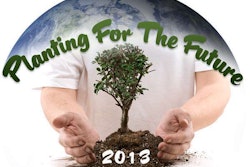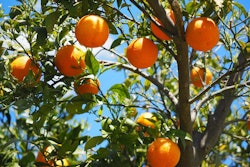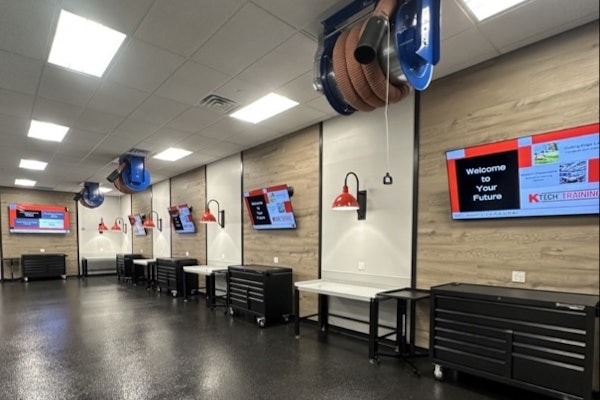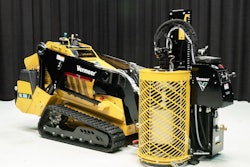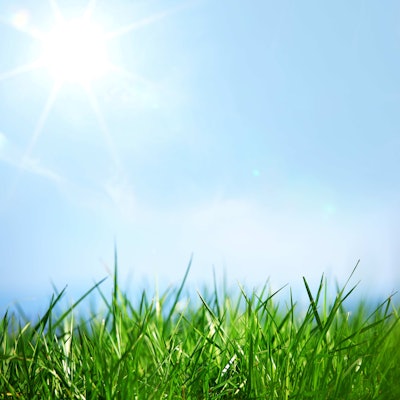
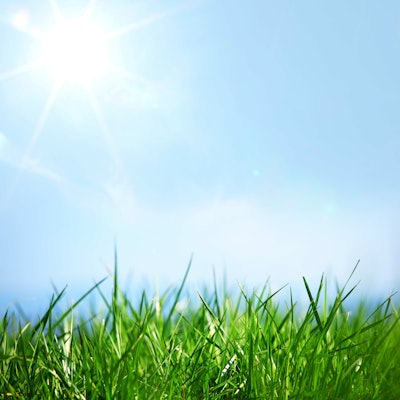
New research from the University of Cincinnati shows how some things you do to make your lawn green might not be conducive to “going green.” Amy Townsend-Small, assistant professor of geology and geography at the University of Cincinnati, presented her research, “Carbon Sequestration and Greenhouse Gas Emissions in Urban Ecosystems,” at the Association of American Geographers annual meeting. The interdisciplinary forum is attended by more than 7,000 scientists from around the world and features an array of geography-related presentations, workshops and field trips.
At the meeting, Townsend-Small discussed the effects lawn-management techniques have on greenhouse gas production in urban landscapes. She says there’s a high energy cost associated with common lawn-care methods such as mowing, irrigation and fertilization due to the processing and transport required for these products and services.
“Landscaping is something everyone can understand,” Townsend-Small says. “You probably have your own maintenance routine you do. To make your lawn look nice, you need to use fossil fuels, which emit carbon dioxide. Depending on the management intensity, lawns could either be a small sink — meaning they store carbon — or a small source of greenhouse gases to the atmosphere.”
Read the full article here.

